Andrea Soós was a Hungarian 2023-24 Fulbright Schuman Visiting Student Researcher in Art History at the Center for Architecture. She is a curator, writer and researcher. Her projects explore underground culture, human interactions in built environments and the ways architecture influences communities. She worked at the Ludwig Museum – Museum of Contemporary Art, the Hungarian National Gallery and carried out international research and curatorial projects in Europe and the United States. She holds a master’s degree in design theory from the Moholy-Nagy University of Art and Design and a curatorial degree from the University of Applied Arts in Vienna. Currently she is a PhD candidate in Design Culture Studies at the Moholy-Nagy University of Art and Design in Budapest.
Q: “Can you briefly describe your grant project?”
I was a Visiting Student Researcher in New York, hosted by the Center for Architecture. My research project focused on transatlantic relations in architecture through the work of American artist James Wines and Hungarian architect László Rajk. During my six month long stay I explored experimental architecture in New York City with a special accent on the work of James Wines and his projects with SITE. I researched artworks and archival material at MoMA – The Museum of Modern Art –, New York Public Library, NYU Special Collections and the library of the Fashion Institute of Technology. I compared Rajk’s work with other American artists and architects who challenged the notion of the built environment such as Gordon Matta Clark, John Hejduk and Lebbeus Woods.
Q: “What have you accomplished during your time in the USA? What can you tell us about the initial outcomes of your program?”
In the past two years, my research focused on the connections and references between European and American art history in the Cold War era. My aim was to point out these cultural links between the two continents and become a professional who brings American art closer to the European audience and vice versa.
Q: “What has been your favorite “discovery” in the USA?”
My favorite part was how open-minded and welcoming people were: I made friends from various age groups. I also enjoyed being exposed to different cultures and trying their food: I went to Mexican, Malaysian, Japanese, Korean, Peruvian, Chinese and Ethiopian restaurants.
Q: “What will you do after your Fulbright grant? In what ways has your experience in the USA this year impacted your plans for the future?”
I collected material for my doctoral dissertation and when I will return to my home country I am planning to finish my PhD. Staying in the USA was a very transformative experience in professional and personal aspects as well. I will continue working together with my host institution and other people I got to know during my research. I am planning to regularly initiate art projects that connect America and the European Union.
Q: “As a Fulbright Schuman grantee, you have been a cultural ambassador not just for your home country but for the entirety of the European Union. Has this experience changed what it means to be “European” for you?”
Being European has always been an important part of my identity. I was 12 when Hungary joined the European Union and since then, the EU provided me with many opportunities to study abroad. While living in America I realized the true power of free (or very affordable) education in Europe and how it contributes to social mobility. It also made me value my experiences in different EU countries more. My sense of being European became even stronger and I was proud to represent the European Union in the United States.
Q: “What advice would you give to someone who is considering applying to the Fulbright Program?”
I would say be brave, creative, hard working and open-minded and you’ll be awarded with a life changing opportunity. While in America, be self confident and don’t be afraid of talking to people or trying new approaches in your work. Meeting someone randomly can lead to a lifelong friendship or professional collaboration.
Articles are written by Fulbright grantees and do not reflect the opinions of the Fulbright Commission, the grantees’ host institutions, or the U.S. Department of State.

